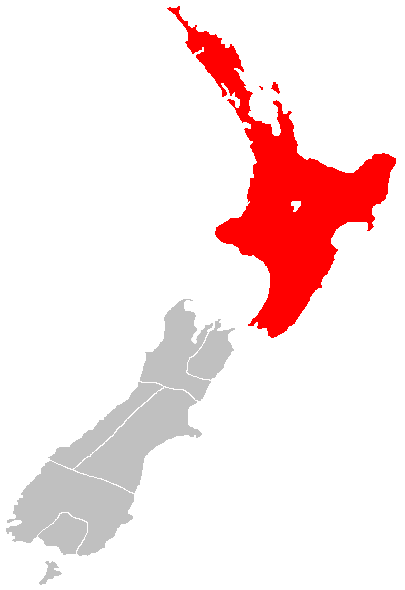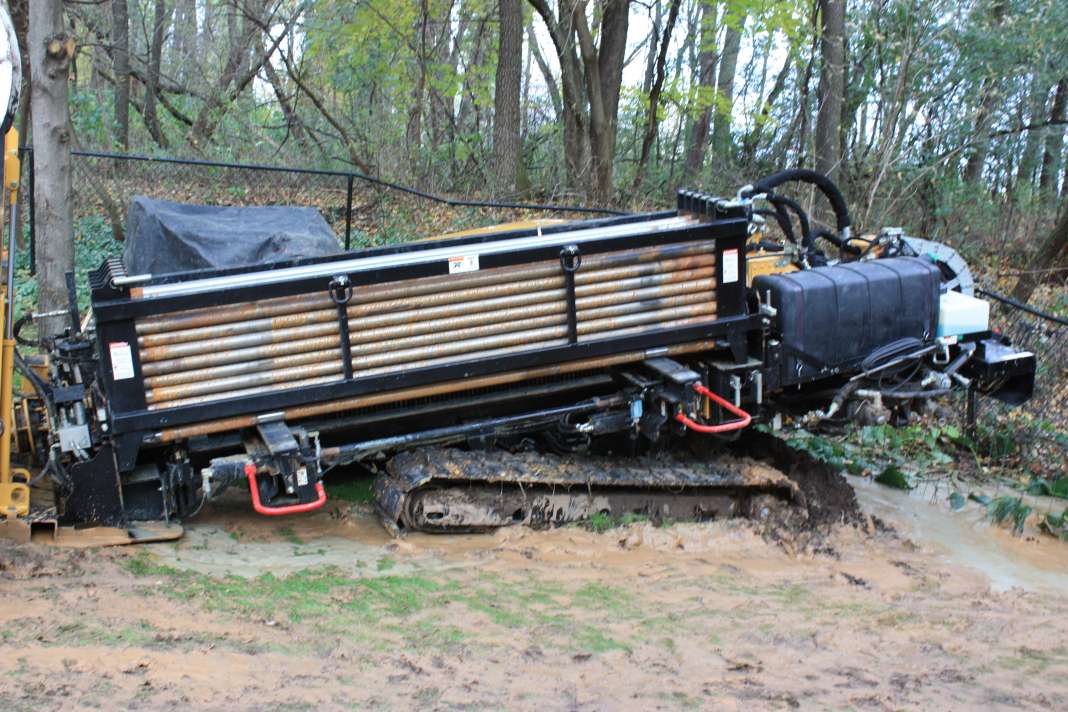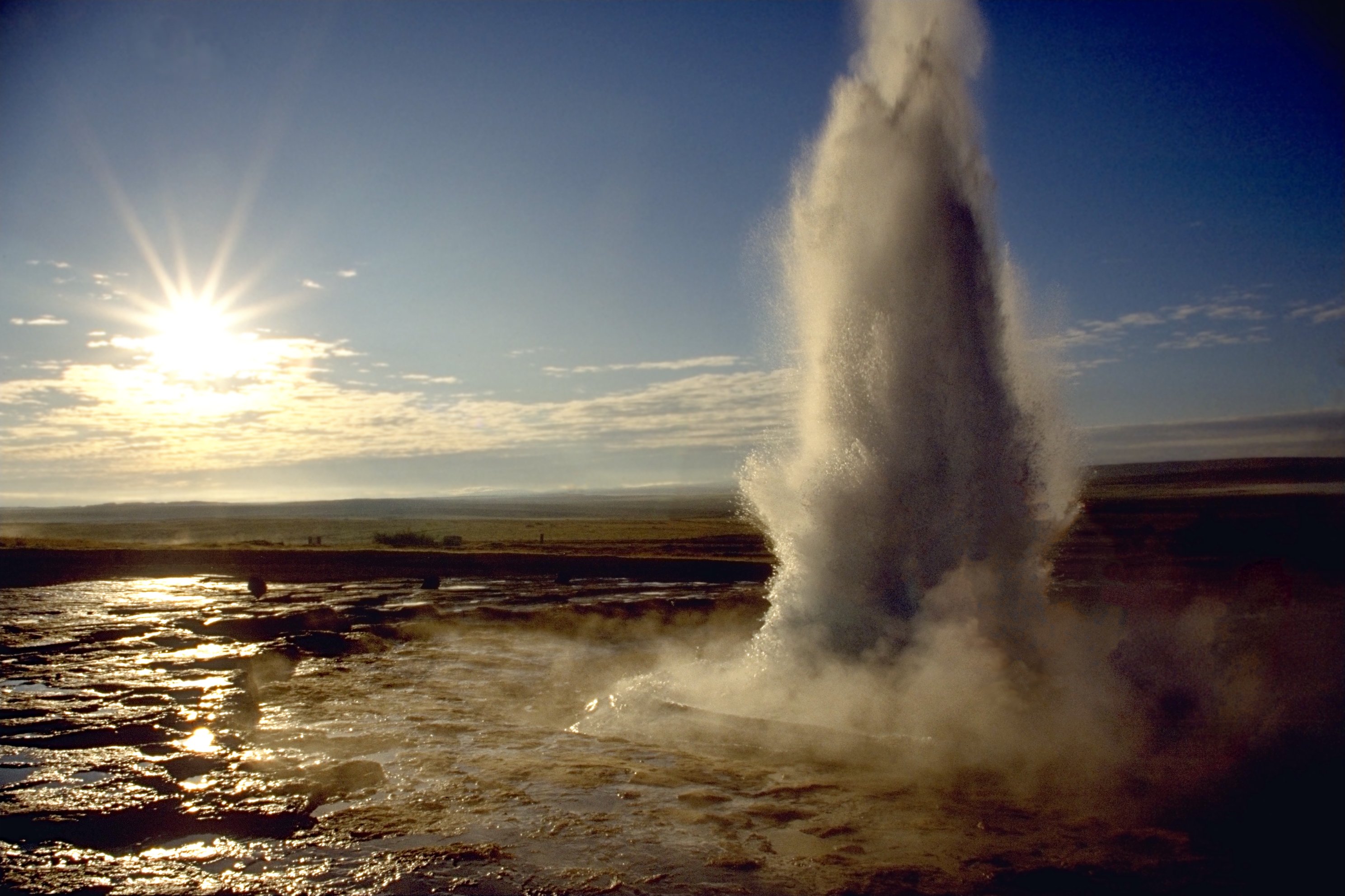|
Lake Ohakuri
Lake Ohakuri, at , is the largest artificial lake of the Waikato river system in New Zealand. It forms the reservoir for the Ōhakuri hydroelectric power station. Construction of the dam, approved in 1955, began in 1956 and was completed in 1960. The lake was filled over 14 days in January and February 1961. This drowned two thirds of the Orakei Korako geothermal area, including two of the world's largest geyser A geyser (, ) is a spring characterized by an intermittent discharge of water ejected turbulently and accompanied by steam. As a fairly rare phenomenon, the formation of geysers is due to particular hydrogeological conditions that exist only ...s, Minginui Geyser and Orakei Korako Geyser. See also * Ohakuri Dam * List of dams and reservoirs in New Zealand References {{DEFAULTSORT:Ohakuri, Lake Infrastructure completed in 1961 Reservoirs in New Zealand Waikato River Lakes of Waikato ... [...More Info...] [...Related Items...] OR: [Wikipedia] [Google] [Baidu] |
North Island
The North Island, also officially named Te Ika-a-Māui, is one of the two main islands of New Zealand, separated from the larger but much less populous South Island by the Cook Strait. The island's area is , making it the world's 14th-largest island. The world's 28th-most-populous island, Te Ika-a-Māui has a population of accounting for approximately % of the total residents of New Zealand. Twelve main urban areas (half of them officially cities) are in the North Island. From north to south, they are Whangārei, Auckland, Hamilton, Tauranga, Rotorua, Gisborne, New Plymouth, Napier, Hastings, Whanganui, Palmerston North, and New Zealand's capital city Wellington, which is located at the south-west tip of the island. Naming and usage Although the island has been known as the North Island for many years, in 2009 the New Zealand Geographic Board found that, along with the South Island, the North Island had no official name. After a public consultation, the board offi ... [...More Info...] [...Related Items...] OR: [Wikipedia] [Google] [Baidu] |
Reservoir
A reservoir (; from French ''réservoir'' ) is an enlarged lake behind a dam. Such a dam may be either artificial, built to store fresh water or it may be a natural formation. Reservoirs can be created in a number of ways, including controlling a watercourse that drains an existing body of water, interrupting a watercourse to form an embayment within it, through excavation, or building any number of retaining walls or levees. In other contexts, "reservoirs" may refer to storage spaces for various fluids; they may hold liquids or gasses, including hydrocarbons. ''Tank reservoirs'' store these in ground-level, elevated, or buried tanks. Tank reservoirs for water are also called cisterns. Most underground reservoirs are used to store liquids, principally either water or petroleum. Types Dammed valleys Dammed reservoirs are artificial lakes created and controlled by a dam constructed across a valley, and rely on the natural topography to provide most of the basin ... [...More Info...] [...Related Items...] OR: [Wikipedia] [Google] [Baidu] |
Waikato River
The Waikato River is the longest river in New Zealand, running for through the North Island. It rises on the eastern slopes of Mount Ruapehu, joining the Tongariro River system and flowing through Lake Taupō, New Zealand's largest lake. It then drains Taupō at the lake's northeastern edge, creates the Huka Falls, and flows northwest through the Waikato Plains. It empties into the Tasman Sea south of Auckland, at Port Waikato. It gives its name to the Waikato region that surrounds the Waikato Plains. The present course of the river was largely formed about 17,000 years ago. Contributing factors were climate warming, forest being reestablished in the river headwaters and the deepening, rather than widening, of the existing river channel. The channel was gradually eroded as far up river as Piarere, leaving the old Hinuera channel through the Hinuera Gap high and dry. The remains of the old course are seen clearly at Hinuera, where the cliffs mark the ancient river edges. The Wai ... [...More Info...] [...Related Items...] OR: [Wikipedia] [Google] [Baidu] |
New Zealand
New Zealand ( mi, Aotearoa ) is an island country in the southwestern Pacific Ocean. It consists of two main landmasses—the North Island () and the South Island ()—and over 700 List of islands of New Zealand, smaller islands. It is the List of island countries, sixth-largest island country by area, covering . New Zealand is about east of Australia across the Tasman Sea and south of the islands of New Caledonia, Fiji, and Tonga. The country's varied topography and sharp mountain peaks, including the Southern Alps, owe much to tectonic uplift and volcanic eruptions. New Zealand's Capital of New Zealand, capital city is Wellington, and its most populous city is Auckland. The islands of New Zealand were the last large habitable land to be settled by humans. Between about 1280 and 1350, Polynesians began to settle in the islands and then developed a distinctive Māori culture. In 1642, the Dutch explorer Abel Tasman became the first European to sight and record New Zealand. ... [...More Info...] [...Related Items...] OR: [Wikipedia] [Google] [Baidu] |
Lake
A lake is an area filled with water, localized in a basin, surrounded by land, and distinct from any river or other outlet that serves to feed or drain the lake. Lakes lie on land and are not part of the ocean, although, like the much larger oceans, they do form part of the Earth's water cycle. Lakes are distinct from lagoons, which are generally coastal parts of the ocean. Lakes are typically larger and deeper than ponds, which also lie on land, though there are no official or scientific definitions. Lakes can be contrasted with rivers or streams, which usually flow in a channel on land. Most lakes are fed and drained by rivers and streams. Natural lakes are generally found in mountainous areas, rift zones, and areas with ongoing glaciation. Other lakes are found in endorheic basins or along the courses of mature rivers, where a river channel has widened into a basin. Some parts of the world have many lakes formed by the chaotic drainage patterns left over from the ... [...More Info...] [...Related Items...] OR: [Wikipedia] [Google] [Baidu] |
Waikato
Waikato () is a local government region of the upper North Island of New Zealand. It covers the Waikato District, Waipa District, Matamata-Piako District, South Waikato District and Hamilton City, as well as Hauraki, Coromandel Peninsula, the northern King Country, much of the Taupō District, and parts of Rotorua District. It is governed by the Waikato Regional Council. The region stretches from Coromandel Peninsula in the north, to the north-eastern slopes of Mount Ruapehu in the south, and spans the North Island from the west coast, through the Waikato and Hauraki to Coromandel Peninsula on the east coast. Broadly, the extent of the region is the Waikato River catchment. Other major catchments are those of the Waihou, Piako, Awakino and Mokau rivers. The region is bounded by Auckland on the north, Bay of Plenty on the east, Hawke's Bay on the south-east, and Manawatū-Whanganui and Taranaki on the south. Waikato Region is the fourth largest region in the country in ar ... [...More Info...] [...Related Items...] OR: [Wikipedia] [Google] [Baidu] |
Ōhakuri Dam
The Ōhakuri Dam is a dam and hydroelectric power station on the Waikato River, central North Island, New Zealand, midway between Taupō, Rotorua and Hamilton. Its dam is about upstream of the Atiamuri Dam. It was commissioned in 1961 and construction was organised from the 'hydro town' of Mangakino.Section 16.3 (from th Pouakani Report 1993 . Accessed 2008-01-16.) The dam eventually created |
Orakei Korako
Orakei Korako is a highly active geothermal area most notable for its series of fault-stepped sinter terraces, located in a valley north of Taupō on the banks of the Waikato River in the Taupō Volcanic Zone, New Zealand. It is also known as "The Hidden Valley".Bain et al. (2006) pp.293, 308 The New Zealand Ministry for Culture and Heritage gives a translation of "place of adornment near the white inter flat for . History of the region From earliest times the Waikato Valley near Orakei Korako was occupied by Māori of the Ngāti Tahu sub-tribe of Tuwharetoa. By the early 19th century the Māori population had congregated at Orakei Korako, probably attracted by the hot springs, which they used for cooking and bathing. Around 1819, the local Māori hid in an alum cave on the site from a passing raiding party of Ngapuhi and Ngati Paoa. The date when the Ngāti Tahu vacated the valley to settle at other locations is not recorded, but it has been suggested that they left after t ... [...More Info...] [...Related Items...] OR: [Wikipedia] [Google] [Baidu] |
Geothermal (geology)
Geothermal gradient is the rate of temperature change with respect to increasing depth in Earth's interior. As a general rule, the crust temperature rises with depth due to the heat flow from the much hotter mantle; away from tectonic plate boundaries, temperature rises in about 25–30 °C/km (72–87 °F/mi) of depth near the surface in most of the world. However, in some cases the temperature may drop with increasing depth, especially near the surface, a phenomenon known as ''inverse'' or ''negative'' geothermal gradient. The effects of weather, sun, and season only reach a depth of approximately 10-20 metres. Strictly speaking, ''geo''-thermal necessarily refers to Earth but the concept may be applied to other planets. In SI units, the geothermal gradient is expressed as °C/km, K/km, or mK/m. These are all equivalent. Earth's internal heat comes from a combination of residual heat from planetary accretion, heat produced through radioactive decay, latent heat ... [...More Info...] [...Related Items...] OR: [Wikipedia] [Google] [Baidu] |
Geyser
A geyser (, ) is a spring characterized by an intermittent discharge of water ejected turbulently and accompanied by steam. As a fairly rare phenomenon, the formation of geysers is due to particular hydrogeological conditions that exist only in a few places on Earth. Generally all geyser field sites are located near active volcanic areas, and the geyser effect is due to the proximity of magma. Generally, surface water works its way down to an average depth of around where it contacts hot rocks. The resultant boiling of the pressurized water results in the geyser effect of hot water and steam spraying out of the geyser's surface vent (a hydrothermal explosion). A geyser's eruptive activity may change or cease due to ongoing mineral deposition within the geyser plumbing, exchange of functions with nearby hot springs, earthquake influences, and human intervention. Like many other natural phenomena, geysers are not unique to Earth. Jet-like eruptions, often referred to as cry ... [...More Info...] [...Related Items...] OR: [Wikipedia] [Google] [Baidu] |
University Of New Orleans
The University of New Orleans (UNO) is a public research university in New Orleans, Louisiana. It is a member of the University of Louisiana System and the Urban 13 association. It is classified among "R2: Doctoral Universities – High research activity". History State Senator Theodore M. Hickey of New Orleans in 1956 authored the act which established the University of New Orleans. At the time New Orleans was the largest metropolitan area in the United States without a public university though it had several private universities, such as Tulane (which was originally a state-supported university before being privatized in 1884), Loyola, and Dillard. The institution was a branch of Louisiana State University, and as such was originally named Louisiana State University in New Orleans or LSUNO. The UNO University Ballroom was named in Hickey's honor late in 2014, more than two decades after his death. The university was built on the New Orleans Lakefront when the United St ... [...More Info...] [...Related Items...] OR: [Wikipedia] [Google] [Baidu] |
Ohakuri Dam
Ohakuri is a dam and hydroelectric power station on the Waikato River, central North Island, New Zealand, midway between Taupo, Rotorua and Hamilton. Its dam is about upstream of the Atiamuri Dam. It was commissioned in 1961 and construction was organised from the 'hydro town' of Mangakino.Section 16.3 (from th Pouakani Report 1993 . Accessed 2008-01-16.) The dam eventually created |







